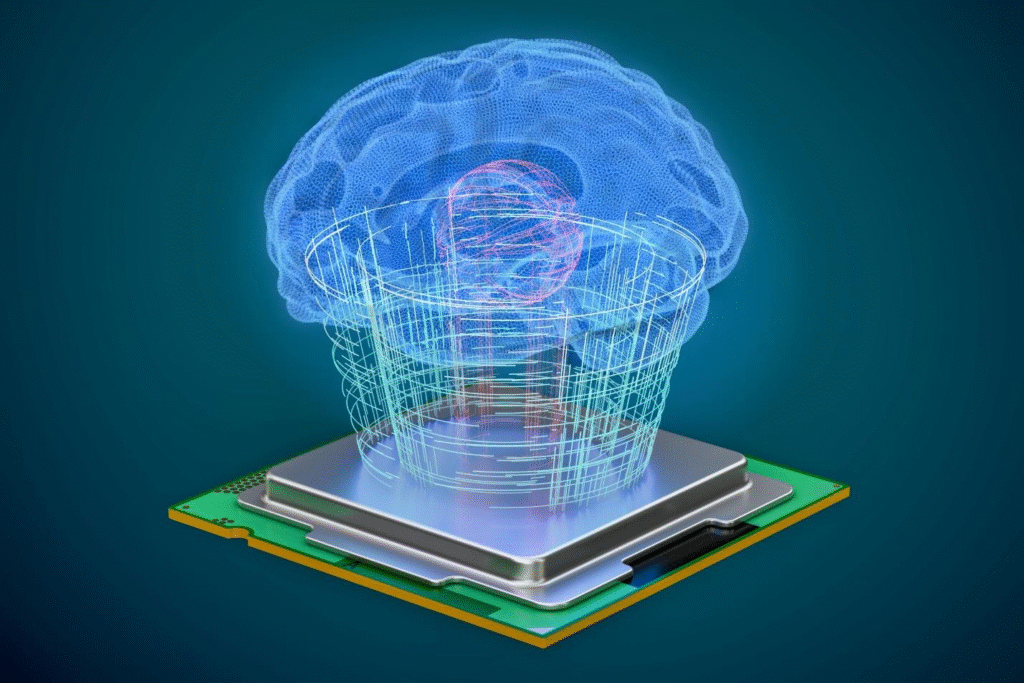Japan has long been at the forefront of technological innovation, and its robotics industry is no exception. Known for their precision, reliability, and cutting-edge designs, Japanese robots transforming global industries have become indispensable in a range of sectors. These machines are not merely tools but powerful agents of change, capable of revolutionizing workflows, improving efficiency, and introducing new paradigms of automation. From manufacturing to healthcare, the impact of Japanese robots on modern industries is profound, setting the stage for a future where robotics plays an integral role in daily operations.
The Manufacturing Sector: Precision and Efficiency at Scale
Japan’s robotics prowess began in manufacturing, where it first gained global recognition. Over the years, revolutionary Japanese robots in industry sectors have transformed this space, elevating productivity and precision to previously unimaginable levels. Major industrial players like Fanuc, KUKA, and Yaskawa Electric have become synonymous with automation, introducing robots that can assemble, weld, and paint with incredible accuracy.
These robots have significantly reduced human error and increased production speed, enabling Japanese manufacturers to maintain their competitive edge in the global market. In industries like automotive production, robots perform repetitive and labor-intensive tasks with ease, leading to safer work environments and more consistent product quality. For example, the use of robotic arms in car assembly lines has drastically reduced production costs while ensuring uniformity in every vehicle produced.
As automation becomes more sophisticated, robots are now capable of managing complex assembly tasks that once required entire teams of workers. How Japanese robotics are shaping industrial innovation is evident in the seamless integration of machines into factory floors, creating “smart factories” where humans and robots collaborate to enhance production processes.
Healthcare: Revolutionizing Care with Robotics
While Japanese robots have long dominated the industrial landscape, they are also making waves in healthcare, a sector where innovation is not just about efficiency but saving lives. Robots like Robear, developed by Japan’s RIKEN Institute, are transforming eldercare by assisting healthcare professionals in lifting and moving patients. This robot’s gentle movements, combined with advanced sensors and AI, ensure the safety and comfort of patients, alleviating physical strain on caregivers.
Japanese companies are also advancing surgical robotics with systems like Da Vinci Surgical Robot. These robots allow for minimally invasive surgeries with high precision, reducing recovery times and improving patient outcomes. Surgeons can perform delicate operations with greater control, using robotic arms that can execute intricate movements beyond the human hand’s capability.
The healthcare sector is witnessing a significant shift as Japanese robots transforming global industries redefine medical care. Robotic technologies are not only making healthcare services more efficient but also expanding access to quality care, particularly in rural or underserved areas.
Logistics and Supply Chain: Automation for Speed and Accuracy
Robotics has also revolutionized the logistics and supply chain sectors in Japan. The country’s dense population and advanced infrastructure have created the ideal conditions for automation to thrive. Robots are now handling everything from package sorting to inventory management, making the entire supply chain process faster, more accurate, and more reliable.
In warehouses, robots like Toshiba’s Autonomous Delivery Robots and Mujin’s Industrial Robots are improving logistics efficiency. These robots can navigate complex environments, move heavy loads, and perform tasks like shelving and retrieving items. This automation not only increases the speed at which goods are processed but also minimizes human error, making Japan’s logistics industry one of the most efficient in the world.
The integration of AI and robotics in the supply chain is a key part of how Japanese robotics are shaping industrial innovation. As businesses strive for faster delivery times and greater operational efficiency, the use of robots is becoming increasingly common, reducing costs and enhancing customer satisfaction.
Agriculture: Boosting Productivity in the Field
In Japan, robotics is also playing a critical role in modernizing agriculture, an industry traditionally known for its manual labor. As the population ages and fewer people enter farming, robots are helping to fill the labor gap, allowing farmers to maintain productivity with fewer workers.
Robots like AGRAS, a drone developed by Yamaha, are used to spray pesticides and monitor crop health from the air. Similarly, automated harvesters are being employed to pick crops with the precision and care needed to reduce waste and improve yield quality. These robots can work tirelessly, operate in challenging weather conditions, and optimize the use of resources like water and fertilizers, making Japanese agriculture more sustainable.
The impact of Japanese robots on modern industries is also evident in agriculture, where robots are helping to secure the nation’s food supply in the face of growing demographic challenges. Through automation, Japanese farmers can increase output without sacrificing quality, ensuring the continued viability of the agricultural sector.
Service Industry: Elevating Customer Experiences
Beyond traditional industries, Japanese robots are also making their mark in service sectors, including hospitality and retail. Robots such as Pepper, a humanoid robot developed by SoftBank, are being deployed in hotels, shopping malls, and even airports to assist customers. These robots can interact with people, answer questions, and perform basic tasks, enhancing the customer experience.
The ability of robots to work in public spaces offers a glimpse into a future where human-robot collaboration becomes the norm in service-based industries. Robots can handle routine tasks such as check-ins, inventory management, or guiding customers to the right locations, freeing up human staff to focus on more personalized services. This is a clear example of how Japanese robotics are shaping industrial innovation in the service sector, as robots help businesses maintain high standards of service while reducing operational costs.
Conclusion: A Future Powered by Robotics
Japan’s robots are transforming industries at a pace and scale that few countries have matched. From the factory floor to the healthcare sector, Japanese robots transforming global industries are driving efficiency, productivity, and innovation. With each passing year, these robots become more sophisticated, allowing Japan to maintain its leadership in global technology.
The revolutionary Japanese robots in industry sectors are paving the way for a future where robotics is deeply embedded in every facet of life, from manufacturing to agriculture to service industries. As Japan continues to innovate, its robots will play an ever-more significant role in shaping the future of industries around the world. Whether improving healthcare outcomes, streamlining logistics, or assisting in everyday tasks, Japanese robotics are ensuring that the nation remains at the cutting edge of technological advancement, ready to meet the challenges and opportunities of tomorrow.



